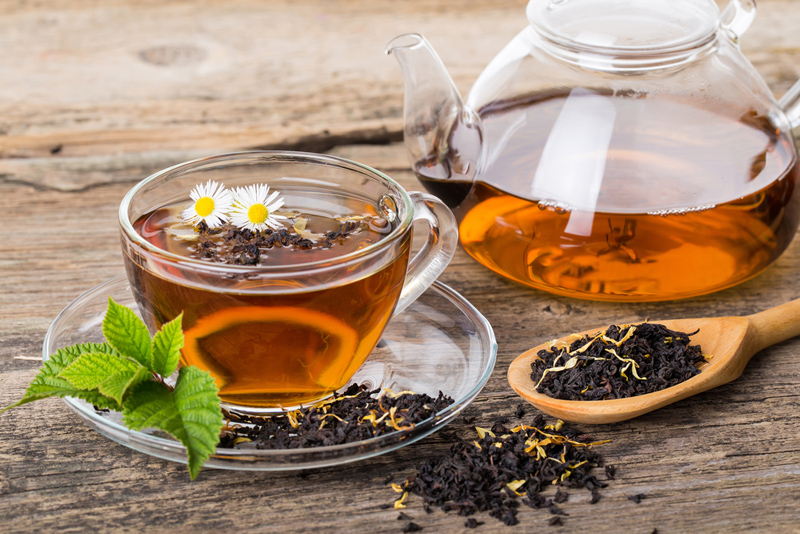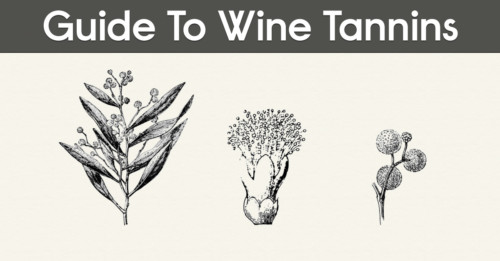If you’ve ever heard someone describe a wine as “grippy” or “structured,” chances are tannins are involved. Along with a wine’s aromas, flavors, acid, body, and alcohol levels, tannins are an important part of what characterizes an individual wine: Are the tannins gentle and flowing, or aggressive and drying? While evaluating a wine’s tannins isn’t necessary in order to enjoy it, learning to recognize their characteristics allows a drinker to better appreciate the nuances in their glass.
Tannins In 60 Seconds:
- Tannins are naturally occurring phenolic compounds found in many kinds of plants, including a grape’s skins, stems, and seeds.
- Tannins help provide texture, balance, and structure to wine.
- Both red and white grapes have tannins, but the intensity and characteristics vary.
- Tannins are found in foods and beverages, like coffee and chocolate, as well as in the wood used in wine barrels.
- Wines with high levels of tannins can age for decades.
What are Tannins?
Tannins are naturally occurring chemical compounds, known as polyphenols, found in many plants. In grapes, these compounds are found in the skin, seeds, and stems, and act as a defense mechanism against animals and insects. When it comes to aging wines, tannins can be imparted by wood barrels. Foods and beverages such as tea, dark chocolate, nuts, and coffee also contain tannins.
What Do Tannins Taste and Feel Like?
Tannins have more of a texture and feel than a specific flavor. Depending on how intense the tannins are, you may experience a temporary puckering or drying sensation that some liken to the astringent sensation of eating an unripe piece of fruit or drinking a cup of strong black tea. Tannins can also differ in texture and mouthfeel — from soft and silky to aggressive and grainy.
Which Wines Have the Highest Amount of Tannins?
More often than not, darker-hued wines show heightened levels of tannins due to the extended maceration of the grapes’ skins, stems, and seeds. Cabernet Sauvignon, Syrah/Shiraz, Sangiovese, Tannat, and Tempranillo are all robustly tannic wines. However, there are exceptions to the rule: Nebbiolo, a naturally tannic grape, makes pale-colored red wines.
Because white wines typically do not macerate with their skins, tannins are not extracted in the same way as they are in reds, and therefore show less grip. Orange wines, which are made with white grapes via the same process used in red wine production, are kept in contact with their skins during fermentation, resulting in higher levels of tannins. In the same vein, darker hued rosés can show increased tannin levels due to an extended period of maceration with their skins.

The Effect of Decanting on Tannins
Decanting, which increases a wine’s contact with oxygen, is always a good idea, whether drinking a young or old bottle. Decanting a red wine for a minimum of one hour before drinking it can help to soften any aggressive tannic flavors.
How to Pair Food with Highly Tannic Wines
Highly tannic wines, more often than not, are better with food than on their own. When pairing foods, look to fatty cuts of meat and rich, earthy flavors, which help to offset any astringency from tannins. Grilled, braised, and barbecued meats, charcuterie plates, and heavy pasta dishes such as bolognese and ragu will also work well.
